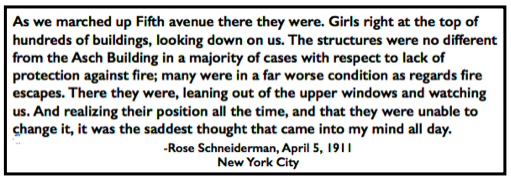 —————
—————
Hellraisers Journal – Saturday May 6, 1911
“The Triangle Fire” by Martha Bensley Bruere, Part II
From Life and Labor of May 1911:
The Triangle Fire
By Martha Bensley Bruere
Well, the fire is over, the girls are dead, and as I write, the procession in honor of the unidentified dead is moving by under my windows. Now what is going to be done about it?
Harris and Blanck, the Triangle Company, have offered to pay one week’s wages to the families of the dead girls-as though it were summer and they are giving them a vacation! Three days after the fire they inserted in the trade papers this notice:
NOTICE, THE TRIANGLE WAIST CO. beg to notify
their customers that they are in good working order.
HEADQUARTERS now at 9-11 University Place.The day after they were installed in their new quarters, the Building Department of New York City discovered that 9-11 University Place was not even fireproof, and that the firm had already blocked the exit to the one fire escape by two rows of sewing machines, 75 in a row, and that at the same time repairs were begun on the old quarters in the burned building under a permit winch called for no improvements or alterations of any conditions existing before the fire. It called for repairs only, which means, it was generally conceded, that the place would be re-opened in the same condition it was in before the fire.
That is what the employers have done.

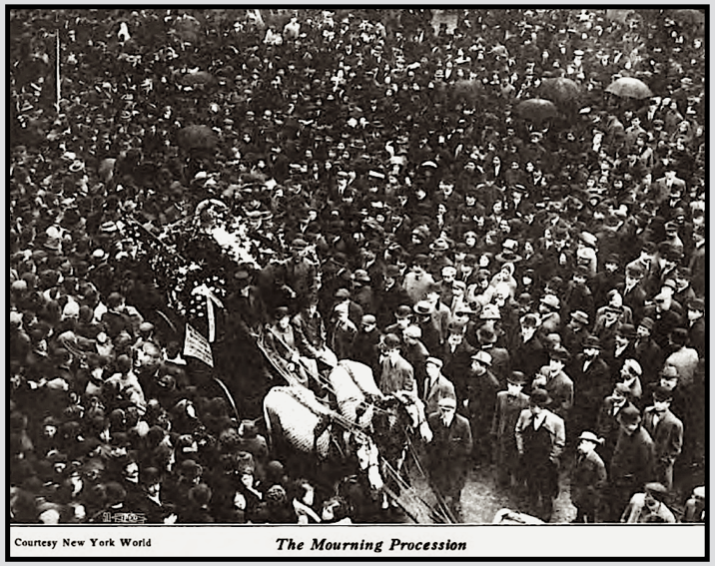
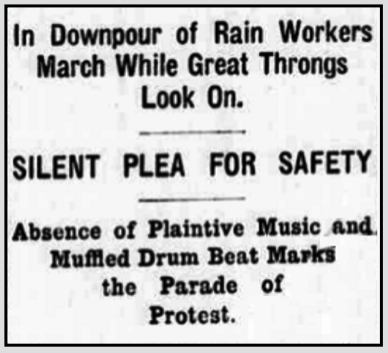
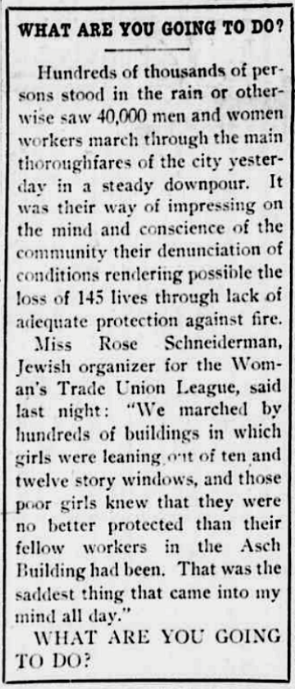
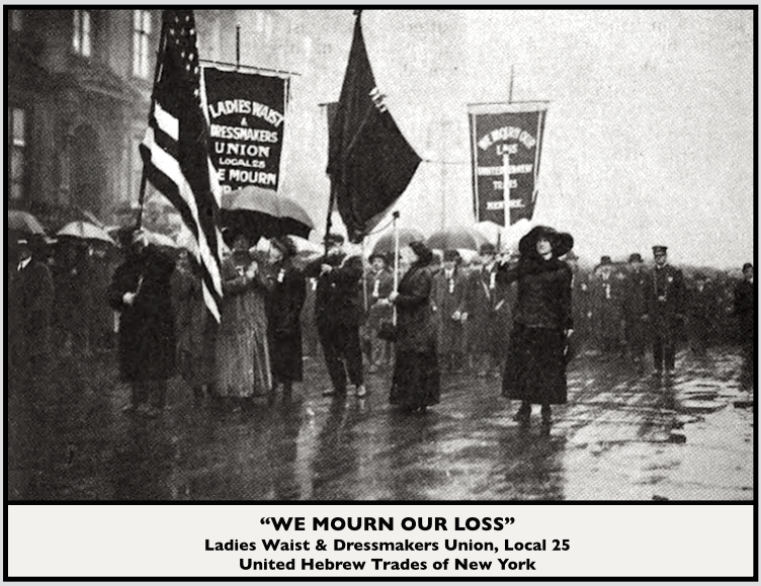
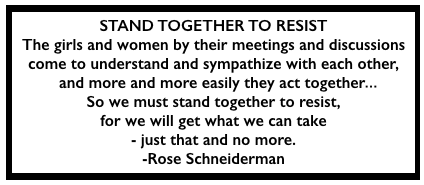 ———-
———-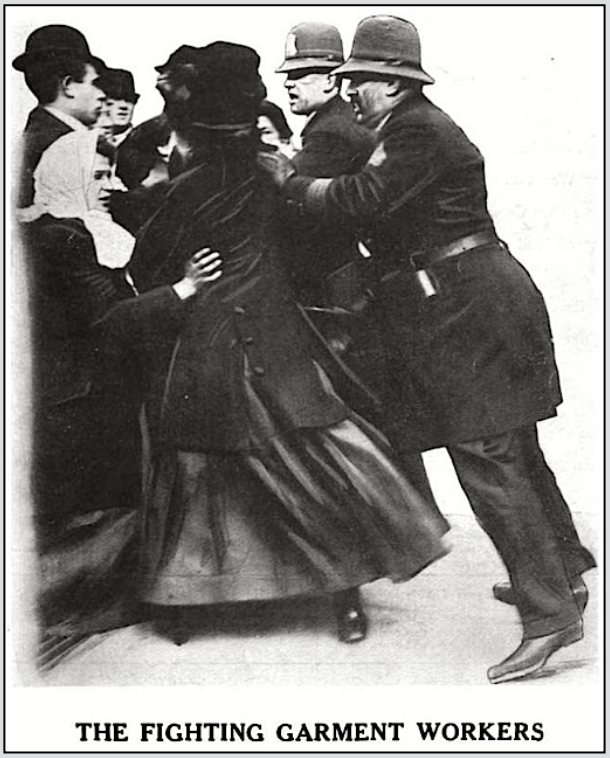
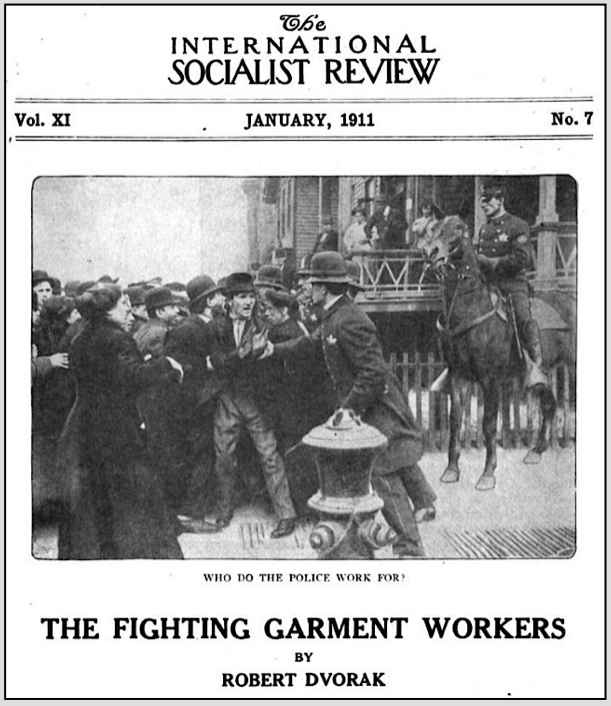
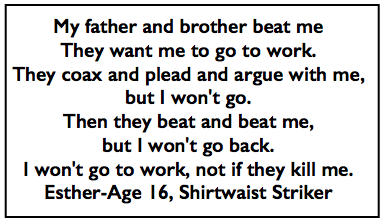 ———-
———-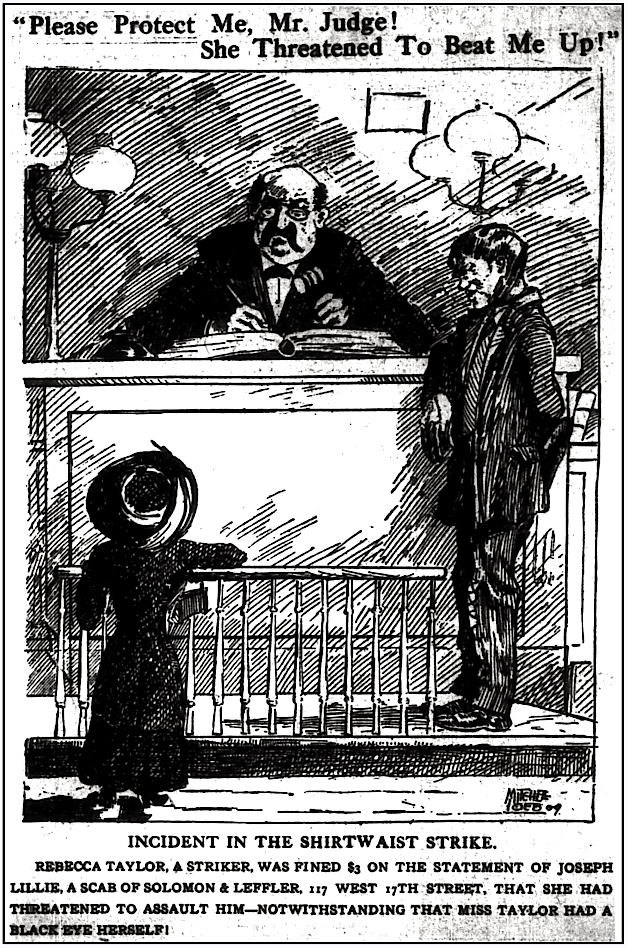
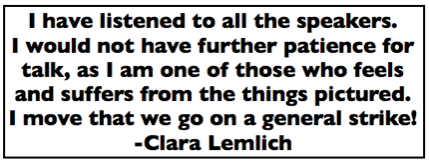 ———-
———-